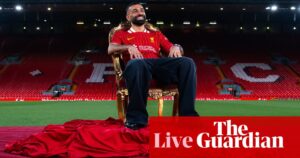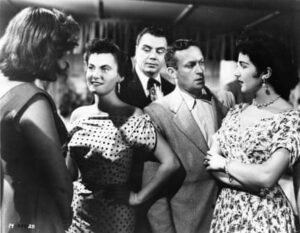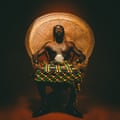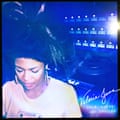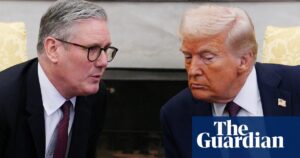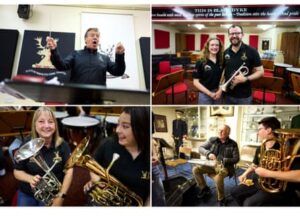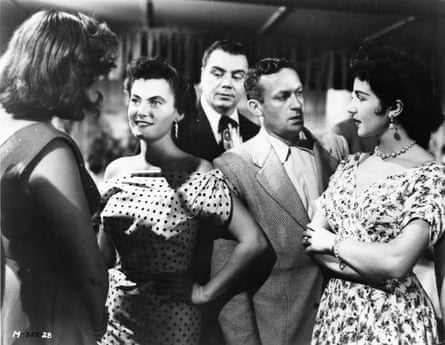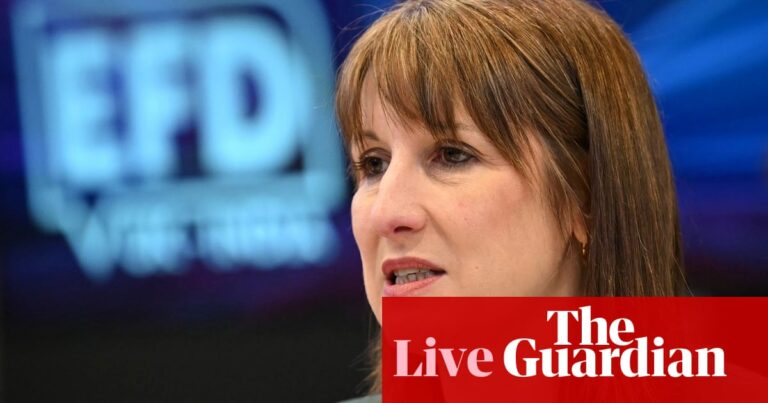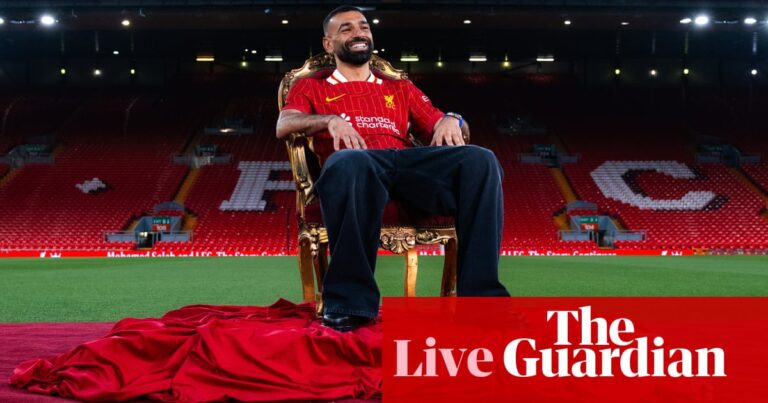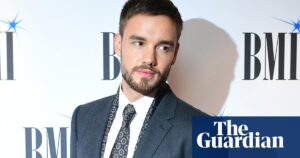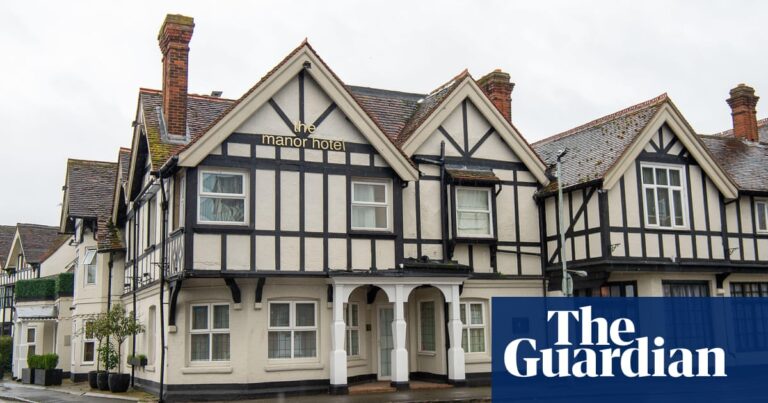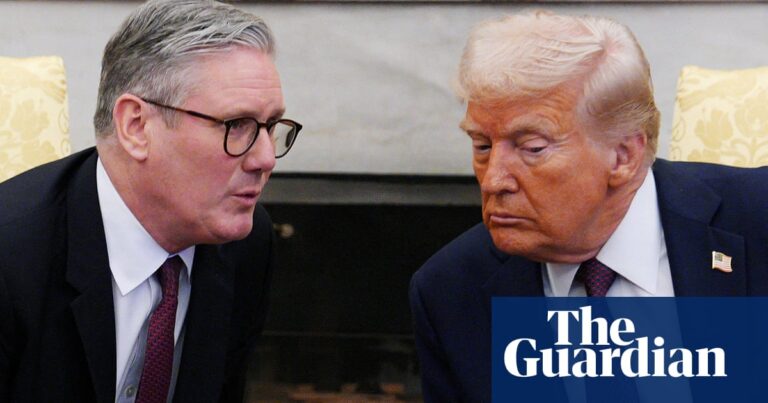At One Direction’s first audition together on The X Factor in 2010, Liam Payne – who died yesterday – is given the opening line. Singing Natalie Imbruglia’s Torn to Simon Cowell and Sinitta, Payne is only 16 yet has seemingly absorbed decades of pop stagecraft. It’s a difficult opening verse to sell to the judges – downbeat and low-register – but Payne nails it. Rippling vibrato denotes his trembling heart and matinee-idol acting sells the line “she showed me what it was to cry” as he glances off to one side as if slapped by the painful memory all over again.
As the four other members join Payne, you can almost see Cowell’s eyes whirling like a fruit machine. These lads can harmonise. They can soulfully extemporise. Each of them is handsome in the subtly different ways teen idols need to be handsome, from boyish to smouldering. They seem entirely comfortable wearing the ratty scarves of the era. Here is something British – even global – pop has been sorely missing: a genuinely convincing boyband.
The 90s had seen the apotheosis of the form, including Take That and Backstreet Boys, but those bands’ robust anthems and breezy dance-pop seemed to flame out in 2001 with the over-egged futurism of ‘NSync’s Pop, the first single from an album with the jaded title Celebrity. Justin Timberlake successfully launched a solo career while Britney Spears, Christina Aguilera and an era of R&B- and garage-leaning pop from groups such as Sugababes took over the UK charts. Take That reformed in the mid-00s, but brought their original, now grownup audience with them, rather than generating a fresh round of teenage hysteria. Westlife continued to rack up No 1s as late as 2006, but their proclivity for sitting on stools meant they felt boringly earthbound, more Radio 2 than Radio 1.

The TV talent show era also began. While Girls Aloud’s psychobilly twang and poker faces were impressively edgy, the boyband One True Voice, formed alongside them on 2002’s Popstars: The Rivals, were like pop antimatter. By the 00s, it seemed as if boybands belonged to a shinier, sillier age; their two modes of puppyish energy and earnest emotion felt uncool and unsophisticated.
One Direction were fortunate, therefore, that they emerged as pop’s natural trend cycle was waxing towards boybands. But they deserve rather more respect than such groups are generally afforded. They had a vital essence that – even though they were created on a TV show – can’t be manufactured by the industry. An X factor, in fact.
“They brought fun back,” says Jordan Paramor, who was working at The X Factor’s in-house magazine when she saw One Direction’s names being pieced together on a planning table. “You wanted to be along for the ride, on the One Direction tour bus, because their life just seemed like it was one long, non-stop party.”
A boisterous ball of sculpted hair and grinning teeth, the boys were naughty from the off without ever feeling too grownup and dangerous. “It was like a group of lads who had gone on holiday to Ibiza for a couple of weeks who were having the time of their life,” Paramor says. “It just so happened that they became world famous – and it lasted for years.”

She remembers them filling their manager’s hotel room with toilet roll and having to clear it up herself; lip-readers caught Harry Styles telling the X Factor victor Matt Cardle: “Think of how much pussy you’re going to get,” live on TV during the final (One Direction came third).
The other members had their own vibe – alpha hottie (Harry Styles), moody enigma (Zayn Malik), nice guy (Niall Horan), cheeky lad (Louis Tomlinson) – but Payne struggled to carve out a distinct identity for himself. With his lifestyle dictated by a strict work schedule, “he didn’t ever discover who he really was”, Paramor says.
Although Payne was less obviously extroverted than Styles, Horan and Tomlinson, his impressive vocals meant that he was a cornerstone of the group’s engagingly ragtag sound. Perhaps influenced by successive waves of successful indie bands, One Direction’s songs leaned more towards rock than dance or R&B, dialling up the irreverence all the more – their songs were still shiny pop, with the whoa-ohs of Coldplay a clear influence, but they were dusted with a little of Arctic Monkeys’ grit, too.
Not that their fans were doing much musicological musing. “You could just like a band – it wasn’t that deep,” says Paramor, who continued to be embedded with One Direction as their popularity grew, writing three of their books. “The world always needs more fun and to be uplifted. Their concerts were pure joy, just mania.”

She speaks of “global moments”: very quickly, One Direction conquered America, scoring four No 1 albums in the US. “It didn’t hurt that they were all incredibly good-looking and charming. Everyone fancied one of them. There were always older women going: is it OK to fancy Harry Styles?”
Indeed, Styles dated the older TV presenter Caroline Flack, while Payne dated and had a child with Girls Aloud’s Cheryl Tweedy, who had been a judge on The X Factor when he was 16. These relationships were framed as transgressive by a tabloid press leaning hard into the digital age – no member of One Direction was far from the Daily Mail’s showbiz “sidebar of shame” – and then networked by social media.
One Direction certainly reaped the benefits of being the first boyband of the mature internet era. Perhaps there was an extra intensity to pre-internet fandom, fuelled by the preciousness of fleeting in-person glimpses. But message boards, cute reaction gifs, erotic intra-band fan fiction and more created a constant, ambient One Direction fandom that was woven into followers’ lives. The sense of ownership that ardent fans can feel was given a public and increasingly toxic forum: “We pay your bills!” yelled some fans in comment sections after Malik left the group.
As Take That and the Spice Girls had found, it’s very difficult for pop quintets to weather one of their members leaving and breaking the mythic X factor. Malik left in March 2015 and the band was finished by the end of the year. “It was like a rat race to see who was going to become the solo artist, because you can’t have five members of a boyband being the biggest star in the world,” Paramor says. “There isn’t room.” Styles and Horan – the members whom Paramor says seemed most at ease with themselves as teenagers – went on to major success, while Malik fitfully tried out R&B and Tomlinson tinkered with indie.
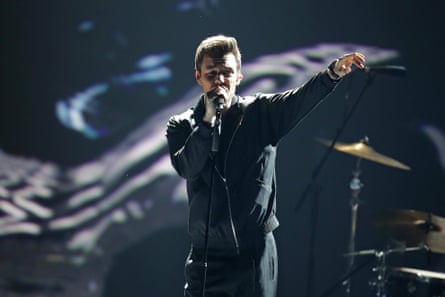
Payne chose the most purely pop route of any of them, but struggled to convince. “He was really talented, had a brilliant voice and all the stuff you need to be a pop star,” Paramor says. “I just don’t feel like he ever really found his place. It was quite fragmented; there was no structure around his solo career. You didn’t really know what was coming next.” In a rebellious attempt to disavow his past, he trashed his former bandmates on Logan Paul’s podcast in 2022, later admitting he was in “a scramble to stay relevant”.
“I don’t think he ever felt quite good enough,” Paramor says. “He was always aspiring for something more, to please everyone, to be good enough – and he was good enough … He had it all, he just couldn’t see it himself.” She adds that Payne was “always a bit fragile, which was evident in his mental health battles”. Payne was frank about his alcohol and substance abuse and how his celebrity life enabled it. “The best way to secure us, because of how big it got, was just to lock us in our rooms,” he told the podcast The Diary of a CEO in 2021. “And, of course, what is in the room? A minibar.” In recent years, there have been questions asked of the allegedly toxic culture fomented on The X Factor, although Paramor says: “They were really well cared for, but it’s still really hard in that environment to find out who you are.”
Today, we are at an even lower ebb for boybands than we were in the early 00s, amid a fascinating gender shift. Female pop stars were once presented as glamorous – and sexualised – aspirational figures. Such stars still exist today, albeit with palpably greater agency in their image‑making –take Sabrina Carpenter – but they are greatly outnumbered by artists such as Taylor Swift, Chappell Roan and Charli xcx, plus the indie-leaning Mitski and Phoebe Bridgers: singers who are intensely relatable, write their own material and have become celebrated in a euphoric sorority. The screams that were once directed at boybands are now directed, at the same pitch and intensity, towards women who feel like them.
There are other forces at play that are keeping boybands out of the picture. As Dorian Lynskey has argued, the vertical frame of TikTok and Instagram favours solo artists over groups. But as Payne and One Direction demonstrated, the boyband can always bounce back; indeed, Cowell has been doing auditions for another one in recent weeks. He would do well to find even one member as instantly convincing as Payne, singing about heartbreak with the authority of a man twice his age.
Source: theguardian.com

